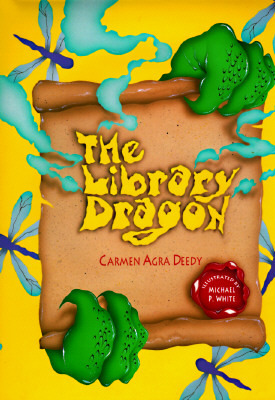Kinder and 1st grades
YES! Even kinder needs to learn how to be safe on the web. We talk about "stranger danger" all the time, but shouldn't we be talking about strangers on our computers, tablets, and iPhones. OK, so most 5 and 6 year olds don't have a phone, but how many play games on the computer? Many games now days have a way to connect with another player in order to complete missions. Even our youngest students need to know that the person on the other side may not be how they say they are.
With my younger students, we talked about Going Places Safely online, and I used a lesson from CommonSenseMedia. In this lesson students were able to:
- discover that the Internet can be used to visit far-away places and learn new things.
- compare how staying safe online is similar to staying safe in the real world.
- explain rules for traveling safely on the Internet.
If you have not looked through the lessons on Common Sense Education, you need to browse and find a lesson that fits your students.
2nd Grade
Second graders learned what is safe and not safe to share on the internet when chatting with others online. Many of our second graders mentioned that they play games online, such as Minecraft, Rodeblox, and Wizard 101, where they can chat with other players and complete missions with other players.
Many children at this age don't really think about the dangers of the other player possibly not being another kid their age. So, we watched a fun video with Timon and Pumba about what information we can and cannot share with other players online.
After the video, each group completed a sort of what is safe and what is unsafe to share online.
3rd Grade
Third grade is the year that students really start using Google for Education and Google Classroom often. Students are able to communicate and collaborate, even from home, on assignments using Google. So, I felt it important to go over the power of words online and how it can affect us emotionally. Even as adults, I feel like we forget that an actual person with feelings is on the other side of the computer.
I adapted my lesson from Common Sense Education called "Power of Words", but I did tweak it a little to fit the time I had with the class and to fit what the teacher and I felt was best for the students.
<
4th Grade
Fourth grade had a higher level version of the lesson that I did with second grade. We discussed what is safe and unsafe to share online. A few 4th grade students are learning about social media and are starting to post things online. So, I let Professor Garfield talk with them about our digital footprints.
After we went over the lesson and watched the video, students got into groups and created a Venn Diagram comparing/contrasting Cyberbullying and Bullying.
5th Grade
I was blown away when talking with the 5th graders at how much they do not understand about being safe online, but how much they are sharing online! When the teacher and I talked with them about conversations being deleted, they truly believed that if they deleted it, it was gone. They have a lot to learn!
With 5th grade, we talked about the difference between Bullying and Cyberbullying. There were some great conversations going on in the groups. A few of them didn't take it seriously at first, but did at the end. This just confirms that these lessons need to go on all year long, not just during this designated week.
Poster Contest
Next week the posters will be judged and a school winner will be named!! I'm hoping for the district winner this year!!














